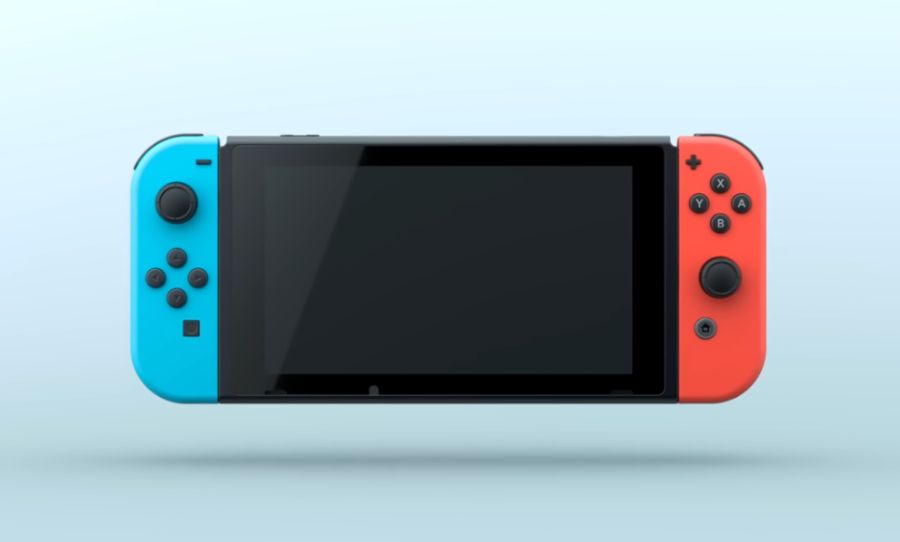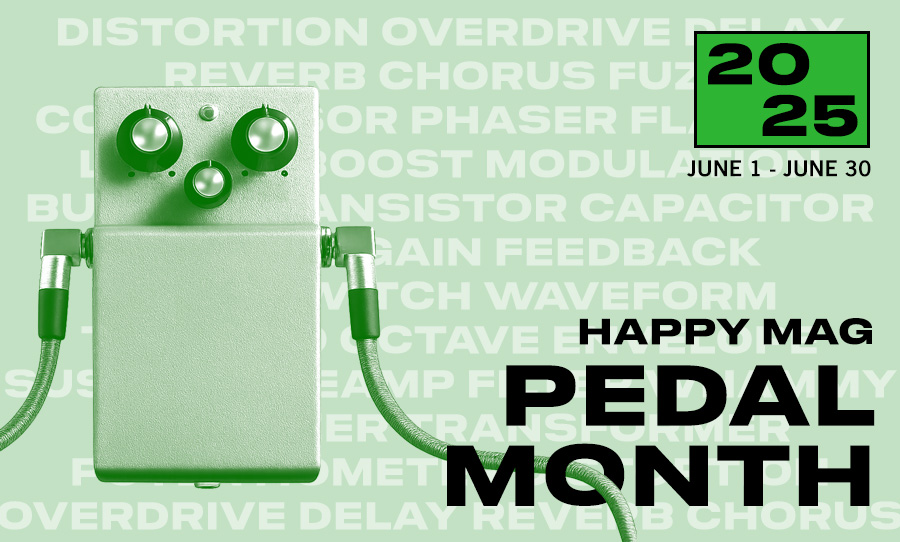If you want technicality to take a back seat and creativity to drive, you might want to try FabFilter’s Twin 3 Software Synthesizer. We reviewed this intuitive synth in the studio.
I absolutely love FabFilter products, their equalizer — Pro-Q 3 — is on almost every track since it can double as multi-band compression, and their Pro-C 2 compressor is a fantastic sidechaining compressor as well as being hugely flexible as a compressor. They have a huge range of other great plugins like a multi-band compressor, de-esser and saturator.
You might have noticed a common thread in the above plugins — they are more utility rather than creative tools. So when we heard that they had a soft synth, we didn’t jump at the idea of it. BUT, this synth slays. It’s a beast, and one of the easiest synths to manipulate that I’ve ever used.
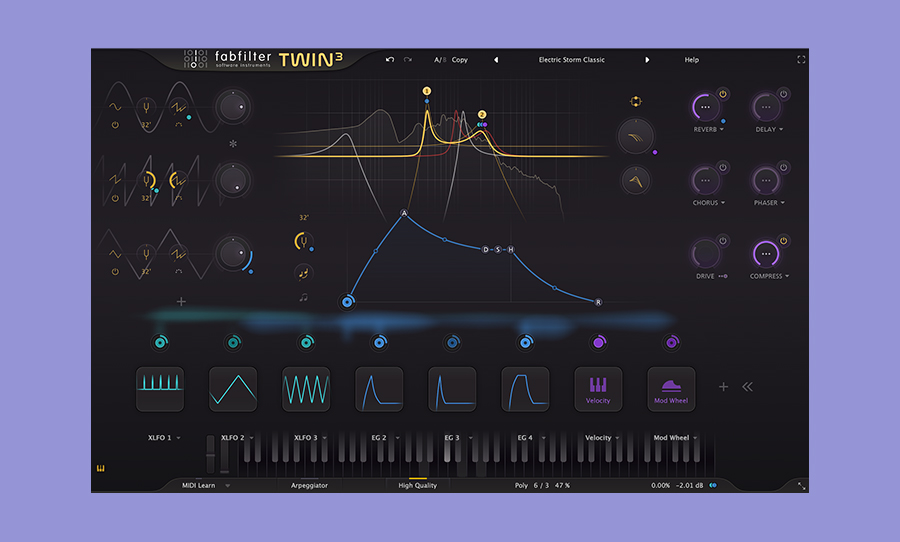
Firstly, it’s not that new — as you can tell by the name — Twin 3, it’s a completely overhauled, updated synth from the previous Twin 2. It’s got four vintage-sounding oscillators (Twin 2 only had 3 oscillators), award-winning filters that sound great, drag-and-drop modulation, a great suite of FX with loads of variation, and just like FabFilter’s other products it’s visually pleasing with real-time interaction.
There’s plenty of emulations of the classics, (the world doesn’t need another Juno plugin), so it’s great to feel like you are playing with a brand new synth that’s extremely easy to dive in and get creative.
Firing up a preset to get me started, I chose City Limits from the Arp category. It’s a jumping castle of rhythms shooting off, and what you might experience — as I did — was how easy it was to grab the Filter in the middle of the GUI and completely change the sound.
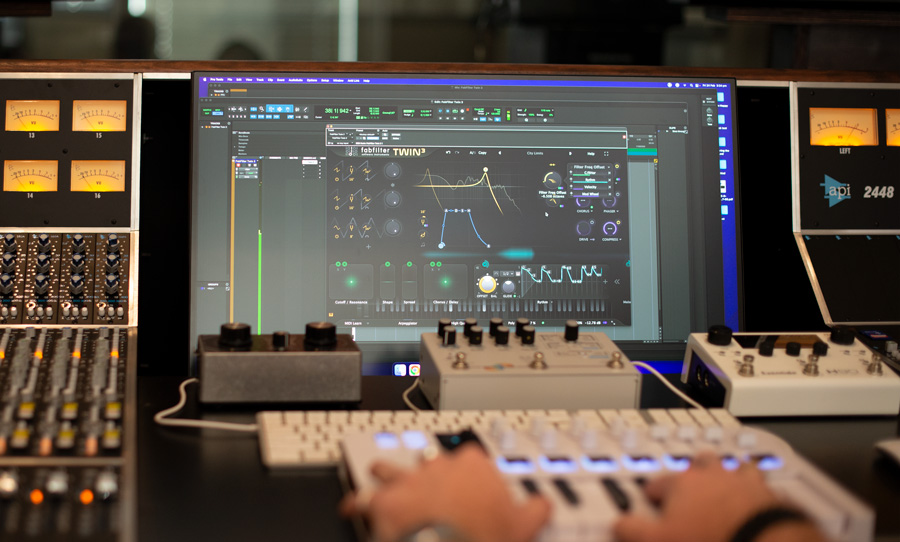
Within the Filter, there’s 2 controls that get pretty deep, the Filter Frequency Offset and the Filter Peak Offset. With this setup, tweaking these to react on the frequency spectrum is a LOT of fun.
Diving into the drag-and-drop modulation, again, it was so easy to grab the LFO1 and connect it to the Pitch Bend. In fact, connecting anything around the Twin 3 is extremely easy.
Moving on to a completely different sound, the synth really showed off its diversity when I chose a patch called Ob-1 pad from the Pads category. It’s a sound that seems inspired by a Mellotron — but with way more variation on offer.
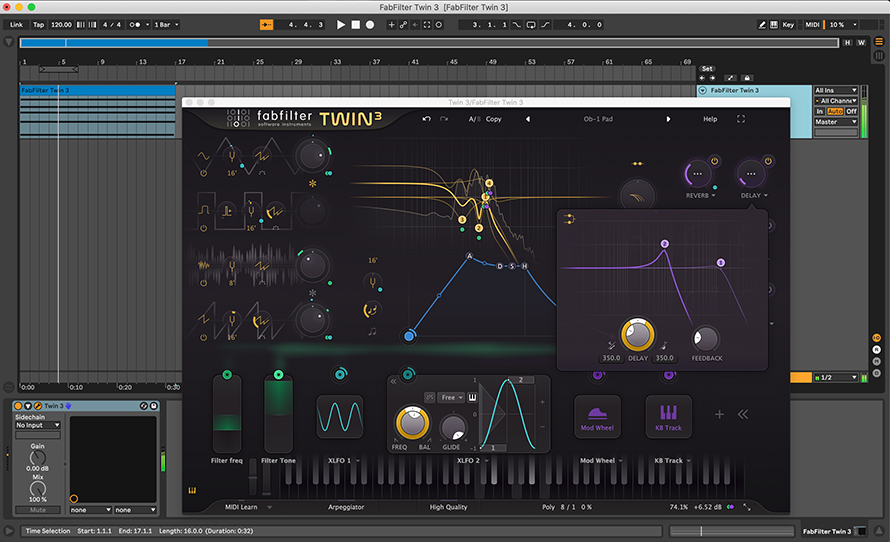
To make the sound shine even more, I dived into the various parameters on the FX. Starting with the Reverb, I cranked up the decay to 20 seconds and mapped the pre-delay to an LFO. I then opened up the Delay and filtered that along with some feedback tweaking. Well cool.
Going back to the sound of the 4 oscillators, I did notice that there was an extra depth of sound. This is probably due to the inclusion of FabFilter’s built-in, analog-modelled drift.
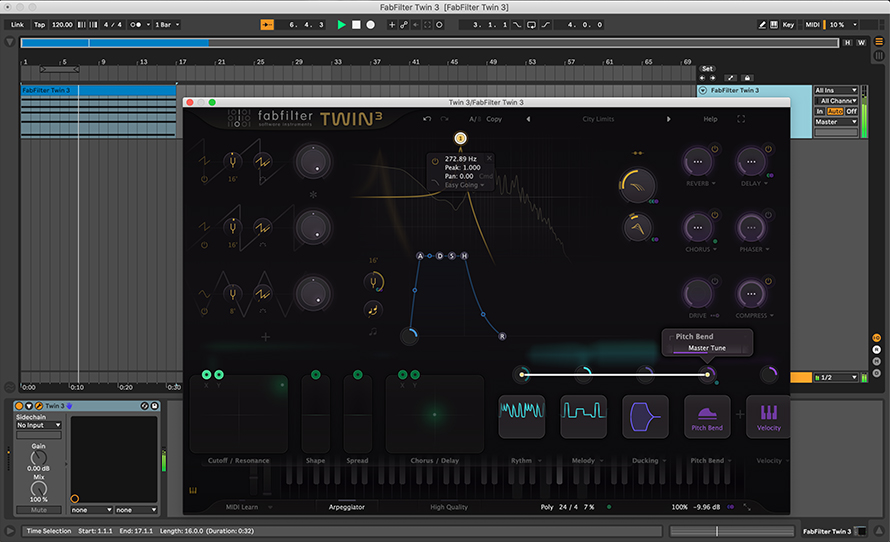
I would highly recommend this synth, if you want to explore new sound territories and freshen up your software collection. FabFilter offer a 30 day trial on the Twin 3 too.
The FabFilter Twin 3 comes in at 129 Euros (approx. $200 AUD) or you could treat yourself to a FabFilter bundle for 899 Euros. To find out more or buy FabFilter Twin 3 head over to Fabfilter.com

